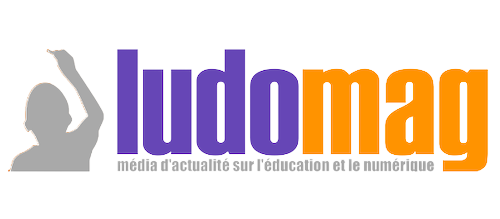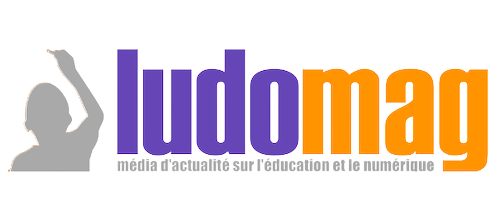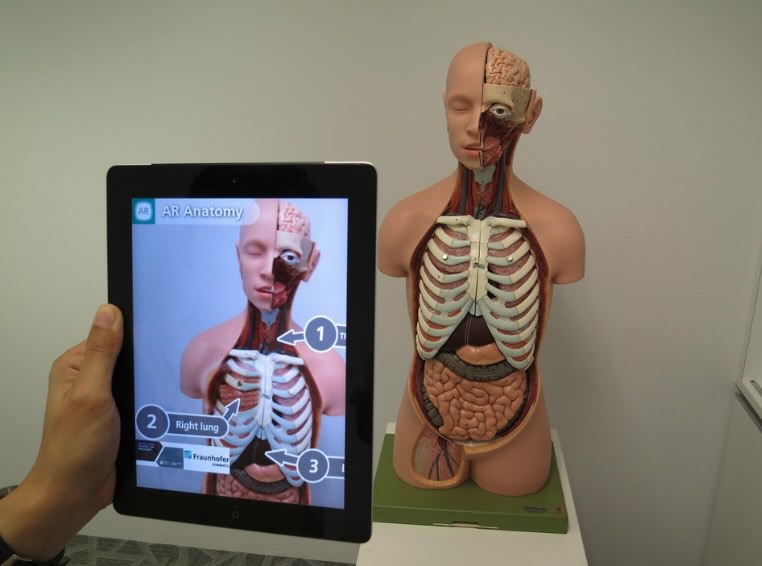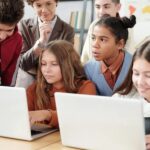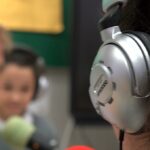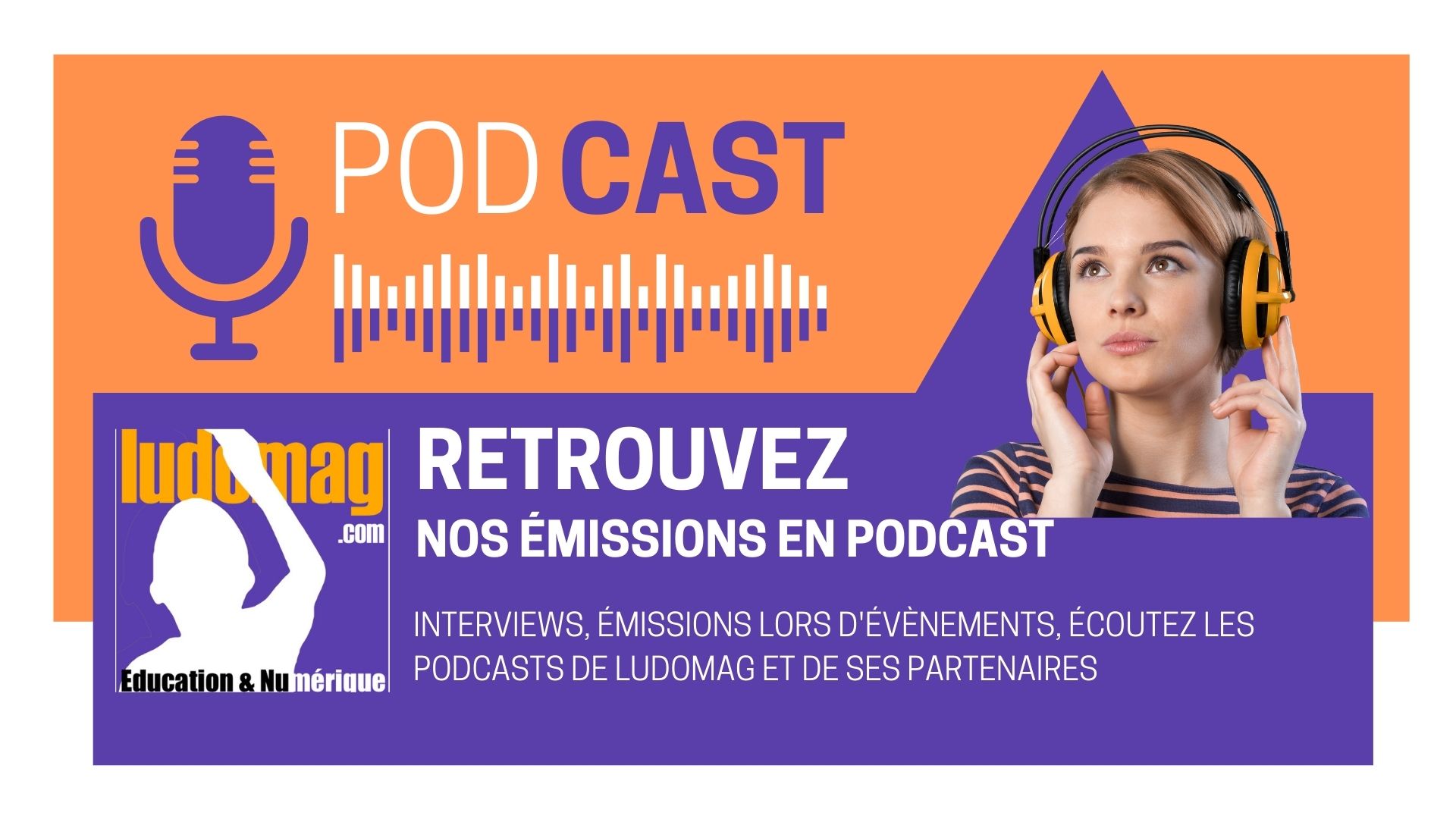During LUDOVIA#BE, held in Spa, Wallonia, from October 22 to 24, 2024, we discovered several remarkable initiatives. Over the coming weeks, we will share a selection of articles and short videos that we hope will inspire your current and future projects.
Interview 🎧 Today, we wish to inspire you with the work of Julien François, a science teacher since 2007 and co-leader of a 1:1 iPad project at Athénée Royal de Nivelles.
“Every day in my school, I work with iPads, so it was only natural for me to present augmented reality tools on the device I use regularly,” he explains to introduce his approach.
Julien teaches students aged 11 to 15 and sees several goals in integrating augmented reality into his lessons.
“The first goal that comes to mind is to make teaching more engaging, even though the initial ‘Wow’ effect quickly fades after the first few uses,” he emphasizes.
The second goal addresses the visuo-spatial difficulties some students encounter, “being able to transition from 2D to 3D and vice versa.”
“For example, I think of molecular models that can be manipulated virtually; with virtual reality, it is particularly fascinating,” he describes.
Augmented Reality in Science, but Beyond That!
“I think it’s a shortcut to associate augmented reality solely with science. It can be linked to STEM subjects in general but also to any other discipline,” he points out.
As with any technology, the key is understanding whether it provides real added value and how best to incorporate it into a pedagogical scenario. Virtual reality also allows for content creation.
“A teacher alone may sometimes feel a bit lost, not knowing how to proceed with virtual reality. Collaboratively co-creating pedagogical scenarios will undoubtedly have a more direct impact on the learning process,” he explains.
Julien provides a specific example: using the Virtuali-Tee app, “you can visualize all human body systems through a T-shirt worn by students.”
In this example, students work in pairs. The educational scenario involves asking students to identify specific organs, take screenshots, annotate them, and share them with others.
“You can even record your screen and add voice commentary to explain, for instance, the path of food through the digestive system,” he adds.
For him, working in pairs encourages students to share and confront their ideas. “It’s a co-construction process, and it is always more interesting than working alone.”
Finally, he notes that this type of activity often unsettles students who are very “school-oriented” because it deviates from the traditional framework. “However, others engage very well with the activity, and it is interesting because it shifts the dynamics within the classroom,” he explains.
Regarding implementation, Julien François does not encounter any difficulties. For him, “as long as students are actively engaged, even if managing noise levels and movement is necessary, it remains a comfortable activity,” he concludes.
